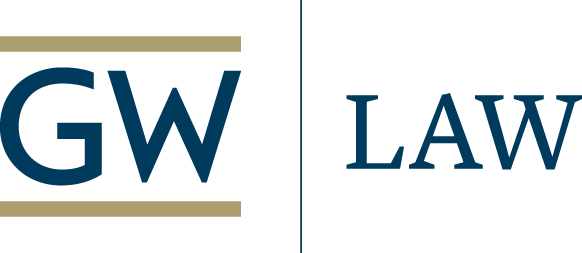Rooftop solar energy systems have brought clean, affordable power to many people in the United States. But, solar power is often beyond the reach of lower-income residents. For them, community solar could be an answer, according to a new report from The George Washington University (GW).
The newly released "Catalyzing Community Solar: A Handbook for Municipalities" will help municipalities and other local governmental bodies plan and develop community solar for low-income residents. The handbook walks planners through the policy, business, and legal considerations necessary to bring a solar project to fruition. The Handbook identifies three obstacles to success—access to capital, expertise, and risk-allocation—and offers solutions, including use of public funding and brownfield sites that can help reduce the out-of-pocket cost and financial risk of a new project. It also describes five possible deployment models municipalities could use to support, finance, or build a community solar project in their jurisdictions. The handbook is available on the GW Sustainability Collaborative website.
The report was written by a cross-disciplinary GW team led by: Donna Attanasio, Senior Advisor for Energy Law Programs, Professorial Lecturer in Law, and head of the Sustainable Energy Initiative at GW Law; John Forrer, Director of the Institute for Corporate Responsibility (ICR), Research Professor at the School of Business, and Associate Faculty at the Trachtenberg School of Public Policy and Public Administration; Amit Ronen, Director, GW Solar Institute, and Professor of Practice at the Trachtenberg School; and Scott Sklar, president of the The Stella Group, and Professor of Practice in GW's Sustainable Urban Planning program. The remainder of the team consisted of GW students Karen Cleland (Law), Lucas Crampton (Columbian College), Matthew Elgin (Law), Burton Carey Joseph (Engineering) and Inesh Singh (Business).
A community solar project provides the benefits of solar power to multiple residences or businesses from a single location. Unlike rooftop solar, a community solar project may be located on a site other than where the beneficiary lives or works. Mr. Ronen explained: "Community solar makes solar accessible to people who are renters, have roofs that are shaded or in disrepair, or are unable to finance a solar installation. These barriers are particularly prevalent in less affluent areas, making community solar a promising way to improve access to renewable energy in low-income neighborhoods."
The handbook project was funded through a grant from the Duke Energy Renewables (DER) Innovation Fund, which is administered by the GW Sustainability Collaborative and Duke Energy Renewables. DER established the fund to further GW's work on sustainability through cross-disciplinary initiatives.
"The project allowed graduate students from the law, business and public policy programs and an undergraduate from the Columbian College, to work together," said Ms. Attanasio. "Collaboration is an important real-world skill for our students to develop and hone. It was very exciting to see that happening on our campus."
GW purchases approximately 50 percent of the campus's electrical needs under a contract for solar power from a facility in North Carolina owned and operated by DER. Finding a means to serve a retail customer through this type of purchase required creativity and a great deal of hard work, which brought the two organizations closer together. The Innovation Fund recognizes the continuing commitment of both organizations to fostering new approaches to solving difficult problems.
Kathleen Merrigan, Executive Director of the GW Sustainability Collaborative remarked, "We are pleased and honored that DER worked with us to develop this fund to promote interdisciplinary research. Partnerships among universities, businesses, non-profits, and governments are vital in piloting and deploying new technologies and policy solutions." The GW Sustainability Collaborative brings together eleven institutions, centers, and initiatives on campus that work on sustainability related matters.


